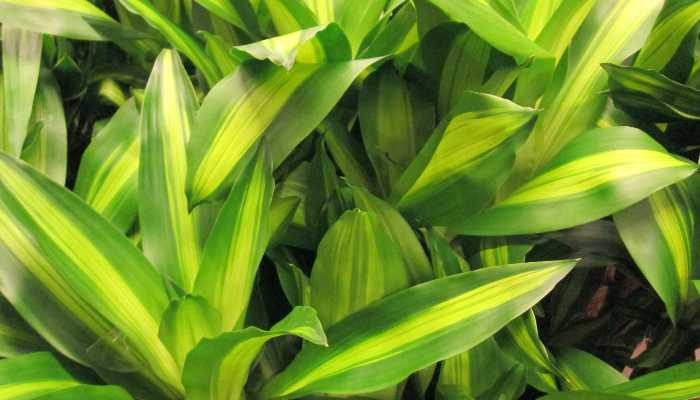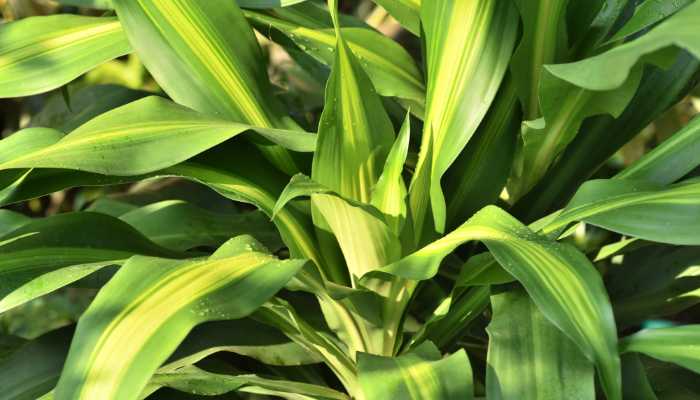Growing plants can be incredibly rewarding, and the Dracaena spike plant is no exception. Whether you’re an experienced gardener or just starting out, this guide will provide you with everything you need to know about growing and caring for a Dracaena spike plant. Let’s dive in and explore this fascinating plant world!
Dracaena Spike Table of Contents
Introduction
Welcome to the ultimate guide on how to grow and care for a Dracaena Spike Plant! This beautiful and resilient plant is a favourite among indoor gardeners for its striking appearance and low maintenance needs.
Whether you are looking to add some greenery to your home or want to enhance your gardening skills, the Dracaena Spike Plant is a perfect choice.
In this article, we’ll cover everything from choosing the right pot to handling common pests and diseases, ensuring your plant thrives.

What is a Dracaena Spike Plant?
The Dracaena Spike Plant, also known as Dracaena indivisa, is a popular ornamental plant that is native to Madagascar.
It is known for its long, slender leaves that resemble spikes, giving it a unique and attractive appearance. This plant can grow up to 6 feet tall indoors, making it an excellent choice for adding height and drama to your indoor garden.
Benefits of Growing Dracaena
Growing a Dracaena Spike Plant comes with several benefits:
- Air Purification: Dracaena plants are known for their air-purifying qualities. They can remove toxins like formaldehyde, benzene, and trichloroethylene from the air, making your home healthier.
- Low Maintenance: These plants are incredibly easy to care for, making them ideal for beginners or those with a busy lifestyle.
- Aesthetic Appeal: The unique and striking appearance of the Dracaena Spike Plant adds a touch of elegance and style to any space.
Choosing the Right Pot
When selecting a pot for your Dracaena Spike Plant, consider the following:
- Size: Choose a pot that is slightly larger than the plant’s root ball to allow for growth.
- Drainage: Ensure the pot has drainage holes to prevent waterlogging, which can lead to root rot.
- Material: Terracotta pots are a good choice as they allow for better airflow and moisture evaporation.

Ideal Soil for Dracaena
Dracaena Spike Plants prefer well-draining soil. A good mix includes:
- Potting Soil: Use a high-quality potting mix as the base.
- Perlite or Sand: Add perlite or sand to improve drainage.
- Compost: A bit of compost can provide essential nutrients for growth.
Watering Your Dracaena
Proper watering is crucial for the health of your Dracaena Spike Plant:
- Frequency: Water the plant when the top inch of soil feels dry to the touch.
- Amount: Water thoroughly until water drains out of the bottom of the pot.
- Avoid Overwatering: Ensure the soil is not constantly soggy to prevent root rot.
Light Requirements
Dracaena Spike Plants thrive in bright, indirect light:
- Location: Place the plant near a window where it can receive plenty of filtered light.
- Avoid Direct Sunlight: Too much direct sunlight can scorch the leaves, so it’s best to avoid placing the plant in full sun.
Temperature and Humidity
Maintaining the right temperature and humidity is important for your Dracaena:
- Temperature: Keep the plant in a room with temperatures between 65-75°F (18-24°C).
- Humidity: Dracaena Spike Plants prefer moderate humidity. If your home is very dry, consider using a humidifier or placing the plant on a tray of pebbles filled with water.
Image | Product Name | Review | Price |
Fertilizing Your Plant
Fertilizing helps your Dracaena Spike Plant grow strong and healthy:
- Type of Fertilizer: Use a balanced, water-soluble fertilizer.
- Frequency: Fertilize every 4-6 weeks during the growing season (spring and summer). Reduce fertilizing in the fall and winter when growth slows.
Pruning and Maintenance
Regular pruning keeps your Dracaena looking its best:
- Removing Dead Leaves: Trim off any dead or yellowing leaves to keep the plant healthy and attractive.
- Shaping: If the plant becomes too tall or leggy, you can trim the top to encourage bushier growth.
Common Pests and Diseases
Dracaena Spike Plants are generally resilient, but they can still be affected by pests and diseases:
- Pests: Watch out for spider mites, mealybugs, and scale insects. Treat infestations with insecticidal soap or neem oil.
- Diseases: Root rot and leaf spot can occur if the plant is overwatered or exposed to high humidity. Ensure proper watering and air circulation to prevent these issues.
Repotting Your Dracaena
Repotting is necessary when your plant outgrows its pot:
- When to Repot: Repot your Dracaena Spike Plant every 2-3 years or when you see roots growing out of the drainage holes.
- How to Repot: Choose a pot one size larger, carefully remove the plant from its current pot, and replant it in fresh soil.
Best Black Alocasia: Care Guide and Tips for a Thriving Plant
Read More
Propagation Methods
Propagating your Dracaena Spike Plant is a great way to create new plants:
- Stem Cuttings: Take a cutting from a healthy stem, remove the lower leaves, and place it in water or moist soil until roots develop.
- Air Layering: This method involves making a small cut in the stem, wrapping it with moist sphagnum moss, and covering it with plastic until roots form.
Seasonal Care Tips
Adjust your care routine to the changing seasons:
- Spring and Summer: Increase watering and fertilizing as the plant enters its growing season.
- Fall and Winter: Reduce watering and stop fertilizing as growth slows. Keep the plant away from drafts and heating vents.
Conclusion
Growing and caring for a Dracaena Spike Plant is a rewarding experience that can bring beauty and health benefits to your home. By following these simple guidelines on potting, watering, lighting, and maintenance, you can enjoy a thriving and stunning plant year-round. Happy gardening!
FAQs
How often should I water my Dracaena Spike Plant?
Water your Dracaena Spike Plant when the top inch of soil feels dry to the touch. This usually means watering every 1-2 weeks, depending on the humidity and temperature of your home.
Can Dracaena Spike Plants grow in low light?
While Dracaena Spike Plants prefer bright, indirect light, they can tolerate lower light conditions. However, their growth may slow, and the leaves might become less vibrant.
What should I do if my Dracaena’s leaves are turning yellow?
Yellow leaves can be a sign of overwatering or underwatering. Check the soil moisture and adjust your watering schedule accordingly. Remove any yellow leaves to keep the plant healthy.
How can I make my Dracaena Spike Plant bushier?
To encourage bushier growth, trim the top of the plant. This will stimulate the growth of new shoots from the sides, making the plant fuller.
Is the Dracaena Spike Plant toxic to pets?
Yes, Dracaena plants can be toxic to cats and dogs if ingested. It’s best to keep the plant out of reach of pets to prevent any health issues.





















2 thoughts on “How to Grow and Care for Dracaena Spike Plant”